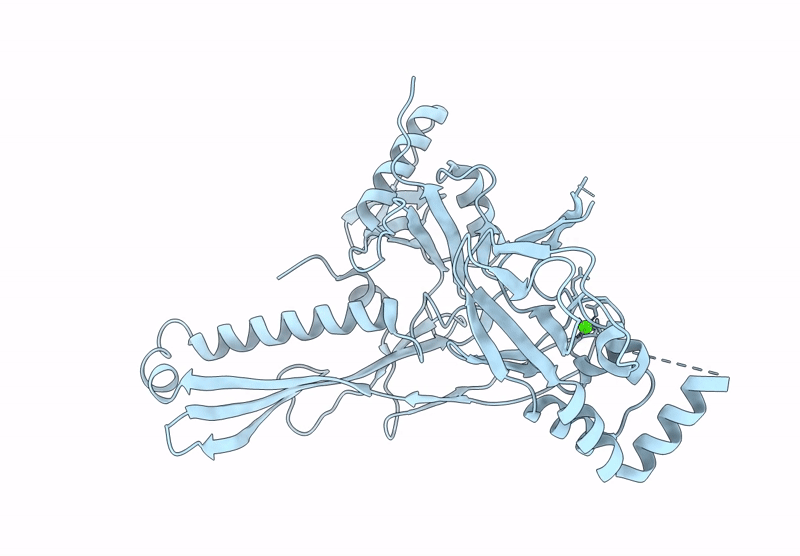
Deposition Date
2024-04-22
Release Date
2024-12-04
Last Version Date
2024-12-04
Entry Detail
PDB ID:
9BI0
Keywords:
Title:
Streptomyces griseus Family 2B encapsulin shell with 2-methylisoborneol synthase cargo in 20 mM cAMP
Biological Source:
Source Organism:
Streptomyces griseus subsp. griseus (Taxon ID: 67263)
Host Organism:
Method Details:
Experimental Method:
Resolution:
2.93 Å
Aggregation State:
PARTICLE
Reconstruction Method:
SINGLE PARTICLE


